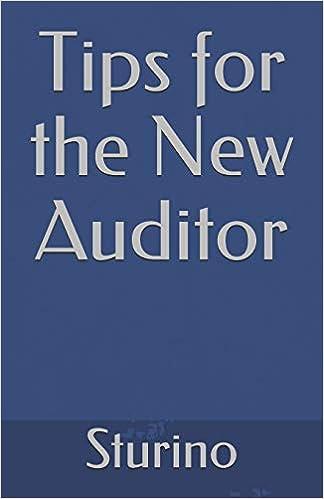Question
Comparing Income Statements and Balance Sheets of Competitors Following are selected income statement and balance sheet data from two retailers: Abercrombie & Fitch (clothing retailer
Comparing Income Statements and Balance Sheets of Competitors Following are selected income statement and balance sheet data from two retailers: Abercrombie & Fitch (clothing retailer in the high-end market) and TJX Companies (clothing retailer in the value-priced market).
(a) Express each income statement amount as a percentage of sales. (Round your answers to one decimal place.)
| Income Statement | |||||
|---|---|---|---|---|---|
| ($ millions) | ANF | TJX | |||
| Sales | $3,469 | $21,942 | |||
| Cost of goods sold | 1,257 | Answer% | 16,040 | Answer% | |
| Gross profit | 2,212 | Answer% | 5,902 | Answer% | |
| Total expenses | 2,062 | Answer% | 4,559 | Answer% | |
| Net income | $ 150 | Answer%* | $ 1,343 | Answer% | |
*percentage does not total due to rounding
(b) Express each balance sheet amount as a percentage of total assets. (Round your answers to one decimal place.)
| Balance Sheet | |||||
|---|---|---|---|---|---|
| ($ millions) | ANF | TJX | |||
| Current assets | $1,433 | Answer% | $5,100 | Answer% | |
| Long-term assets | 1,515 | Answer% | 2,872 | Answer% | |
| Total assets | $2,948 | $7,972 | |||
| Current liabilities | $ 559 | Answer% | $3,133 | Answer% | |
| Long-term liabilities | 498 | Answer% | 1,739 | Answer% | |
| Total liabilities | 1,057 | Answer% | 4,872 | Answer% | |
| Stockholders' equity | 1,891 | Answer% | 3,100 | Answer% | |
| Total liabilities and equity | $2,948 | $7,972 | |||
Which of the following statements about business models is most consistent with the computations for part (a)?
ANF's expenses as a percentage of sales are higher because it spends more on advertising than does TJX.
ANF is a high-end retailer that is able to charge high prices for its products, but bears substantial operating costs to support its "shopping experience."
ANF's profit is higher that TJX's as a percentage of sales because its sales are higher than TJX's.
ANF's gross profit is higher than TJX's because its sales volume allows it to manufacture clothes at a lower per unit cost than can TJX.
Which of the following statements about business models is most consistent with the computations for part (b)?
ANF reports lower current assets as a percentage of total assets because it pays its vendors on a more timely basis than does TJX.
ANF reports higher long-term assets as a percentage of total assets because it depreciates its long-term assets more slowly than does TJX.
ANF reports lower current assets and higher long-term assets as a percentage of total assets because it carries less inventory and has a greater capital investment in its stores than does TJX.
ANF reports lower current assets as a percentage of total assets because it is a smaller company and cannot afford the investment in inventory.
(c) Which company has a higher proportion of stockholders' equity (and a lower proportion of debt)? What do the ratios tell us about relative riskiness of the two companies?
ANF has a greater proportion of its financing from equity than does TJX, which results in it being perceived as "less risky."
ANF utilizes more debt than does TJX to finance its business because it does not pay its suppliers as quickly as does TJX. As a result, its accounts payable are higher than TJX's.
TJX derives more of its financing from debt than does ANF because it is a larger company and does not need to be concerned about the risk associated with debt payments.
ANF derives more of its financing from equity than does TJX because equity is a low cost source of financing and such financing is a more conservative approach.
Step by Step Solution
There are 3 Steps involved in it
Step: 1

Get Instant Access to Expert-Tailored Solutions
See step-by-step solutions with expert insights and AI powered tools for academic success
Step: 2

Step: 3

Ace Your Homework with AI
Get the answers you need in no time with our AI-driven, step-by-step assistance
Get Started


